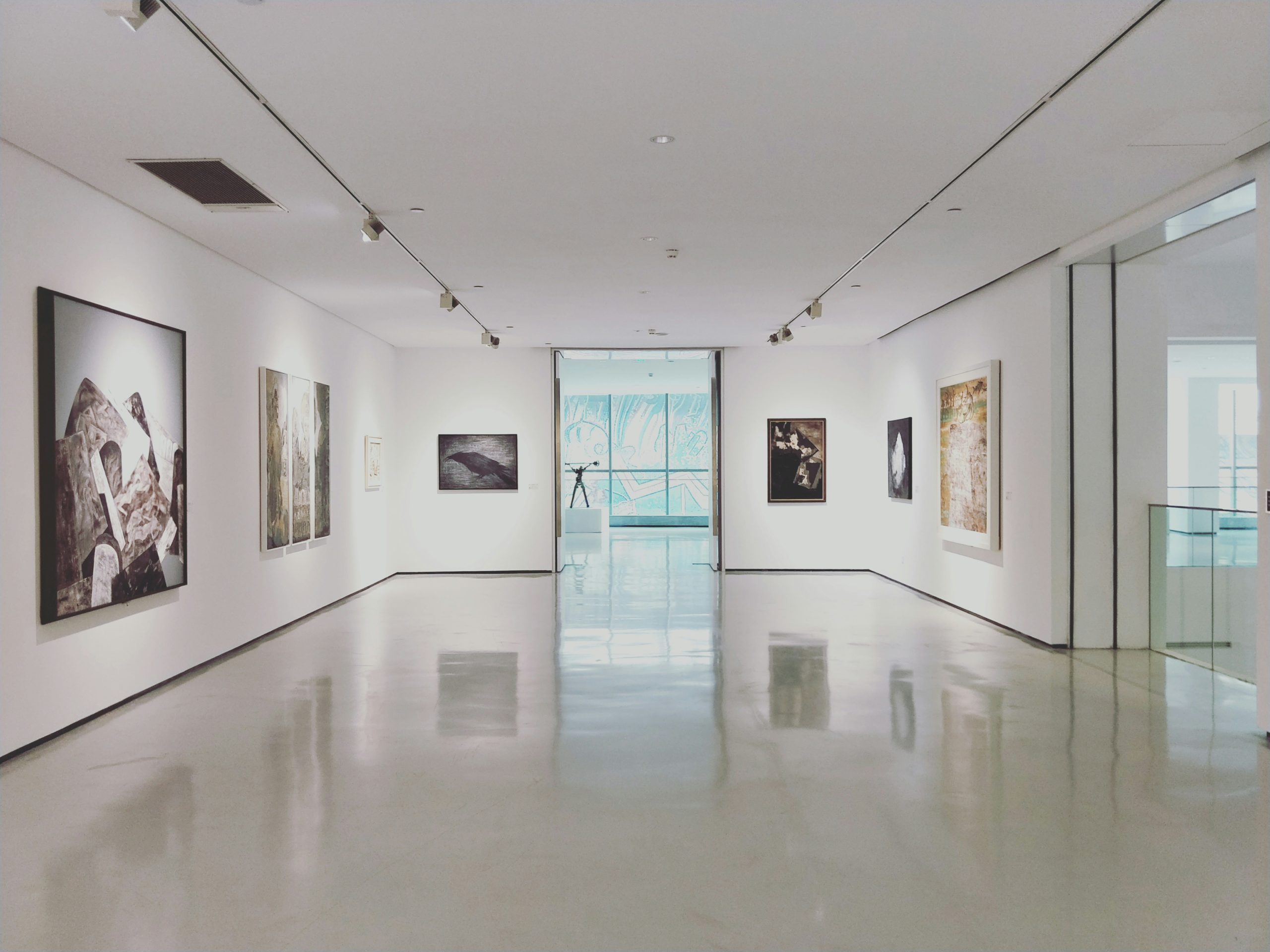How Wayfinding Signage Improves Visitor Experience in Museums
In the world of museums, ensuring visitors have a positive experience is key. Guests often come to learn, explore, and enjoy the displays while feeling at ease and engaged during their visit. Wayfinding signage significantly enhances the visitor experience by offering guidance to help guests effortlessly navigate through the museum’s different exhibits and facilities.

The Significance of Providing Clear Directions
Visiting a museum in Worcestershire or any other cultural city can be overwhelming for timers or those unfamiliar with the layout. Many wayfinding signage examples prove that a well-thought-out wayfinding signage system addresses this issue by offering user-friendly directions. Well-positioned wayfinding signs lead visitors from one exhibit area to another, and guests can fully delve into the collections without getting lost or disoriented.
Conveying Important Information
Wayfinding signage does more than guide visitors—it also shares relevant information about each exhibit and its historical or artistic importance. Museums can use these signs to provide descriptions of exhibits, key facts, historical background, or any other fascinating details that will enrich visitors’ understanding and enjoyment of what they’re about to experience.
Ensuring Accessibility for Everyone
It’s crucial for museums to be accessible to individuals of all abilities, regardless of any disabilities. Wayfinding signs promotein promoting inclusivity by guiding individuals with wheelchair paths and indicating key facilities like restrooms and elevators. This emphasis on accessibility ensures that everyone, regardless of mobility limitations, can easily navigate exhibition spaces
Crafting an Immersive Visitor Experience
Beyond offering directions, wayfinding signs can also enhance the visitor experience by incorporating design elements. Using colours, typography styles, and thematic imagery adds personality and charm to the overall visit. By enveloping visitors in a setting, museums create a memorable and enjoyable experience for their guests. Considering this, a lot of public organisations are now striving to improve signage systems for enhanced visitor experience.
Embracing Innovative Technological Solutions
In this era, museums can harness technology to elevate their wayfinding signage systems. Interactive touchscreen apps with navigation features and augmented reality experiences offer visitors an interactive and personalised journey. These technological enhancements allow guests to explore exhibitions, learn about artworks, or engage in educational activities during their visit.
Designing Signage for User Convenience
To maximise the effectiveness of wayfinding signage, museums should prioritise user-efficient design principles. Placing signs at eye level is important for visibility without blocking views of exhibits. The text should be large enough to read from a distance and use language that all visitors can understand. Consistent visual cues like arrows or symbols help create a language across the museum, making navigation seamless.
Keeping Signs Relevant
As museums change over time by adding exhibits or rearranging collections, it’s crucial to ensure that wayfinding signs stay up to date. Museum staff should regularly update the signage to accurately reflect any changes. This ongoing maintenance prevents confusion caused by signs and ensures visitors always have a top-notch experience.
Enhancing Visitor Satisfaction and Engagement
Aside from guiding visitors and providing information, wayfinding signs also play a vital role in improving visitor satisfaction and engagement. By creating an enjoyable experience, these signs help build connections with the museum, encouraging visitors to come back or recommend it to others.
Enhancing Museum Branding
A carefully designed wayfinding signage system can contribute to the overall branding and identity of the museum. Consistent use of colours, fonts, and visual elements that align with the museum’s brand image helps reinforce its identity throughout the visitor experience. Well-designed signage also indicates meticulous attention to detail, reflecting positively on how guests perceive the museum as an establishment.
Wrap Up
In the quest to deliver a visitor experience in museums, wayfinding signage is essential. It guides visitors through exhibitions while enhancing their interaction with each display.
When detailed instructions, material efforts to include everyone, artistic design aspects, and technological advancements are all blended seamlessly, they play a crucial role in crafting a remarkable experience for each guest. Emphasising ease of use and keeping signage current while adapting museum areas will showcase a commitment to enabling exploration of the captivating world of art or history that lies beyond those revered walls.